DECODING THE RUSSIA-UKRAINE CONFLICT: Different Perspectives and Prospects of War
- Charu Singh
- Jan 11, 2022
- 5 min read
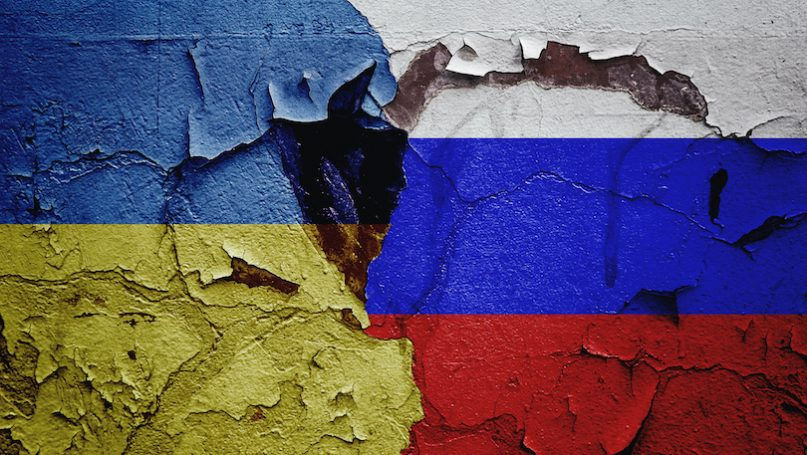
In November 2013, mass protests took place in Ukraine’s Central Square. The protestors were angry at the Pro Russian president Viktor Yanukovych’s decision to join the Eurasian Economic Union (Russian Led) instead of the EU. This protest reached its peak in February 2014 which led to the overthrowing of Yanukovych. Fearing the growing western influence on Ukraine, Russia seized Crimea, the eastern part of Ukraine which has always had a cultural and historical linkage with Russia unlike the rest of Ukraine and is a hotbed for most disturbances, protests, rebellions which are alleged to be funded and supported by Moscow. This was the first time a European country annexed territory from another country since World War II. Although this invasion and annexation was added to Putin’s popularity in Russia and gave it the upper hand in the region, it was condemned internationally by the West and the EU. Hence, sanctions were imposed on Moscow as the US and the EU committed to protecting the integrity of Ukraine’s borders.
Crimea is one of the most heavily militarized regions on earth today with about 100,000 troops stationed at the line of contact with Ukrainian forces on the West and the Russian-backed separatist militias on the East. 100,000 troops may not sound a lot in the Indian context considering our troops on LoC but keeping in mind Ukraine’s
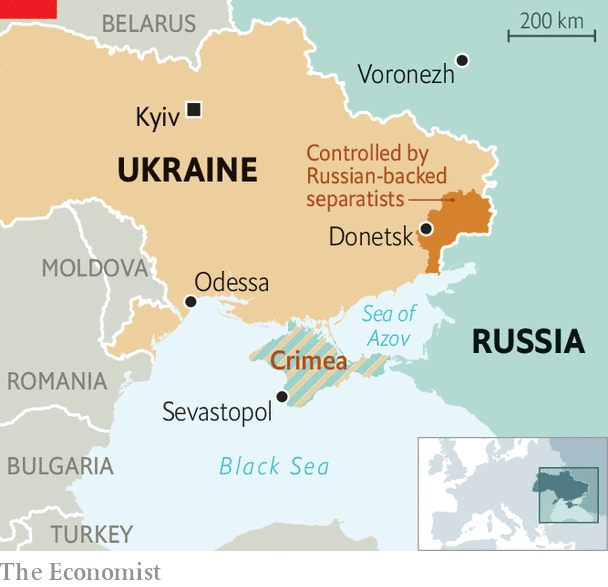
army size with a touch of European context- It’s an extremely heavy deployment. In 2015, as part of a peace agreement called Minsk II, a ceasefire was agreed upon by both parties but it was violated almost every day as the attacks never ceased, putting thousands of civilian lives in danger. The ceasefire was contravened for good in March 2021 with the killing of 4 Ukrainian soldiers in the shelling between the Russian separatist and the Ukrainian forces.
All of this leads to the need to understand what Ukraine means to Russia
Ukraine was part of the Russian Empire in the 19th century and a part of the Soviet Union in the 20th century. It attained independence in 1991 along with other Western Soviet states after the Soviet bloc dissolved. While the other independent states grew closer to the European bloc, Putin invaded the Eastern part of Ukraine which was Pro-Russian to destabilize Ukraine from drifting to the West and developing stronger ties with the EU. Since then, the conflict is being fueled by Russia through the presence of its separatist rebels in Crimea and other regions like Luhansk and Donetsk that are the main culprits of the ceasefire violations. Meanwhile, Ukraine is compelled to divert all its resources into responding to the Russian-backed attacks. Both sides engage in the firing of heavy artillery in the security zone every day as a show of strength, commonly targeting water and electricity in the region leading to the suffering of thousands of civilians. Ukraine has acted as a buffer zone between Russia and the West. It’s induction to NATO and development of western relations could mean over-exposure for Russia or as Russia phrases it, an “Existential Threat”. NATO enlargement and political/economic incursions of former soviet states has been worrying Russian policymakers since a long time.
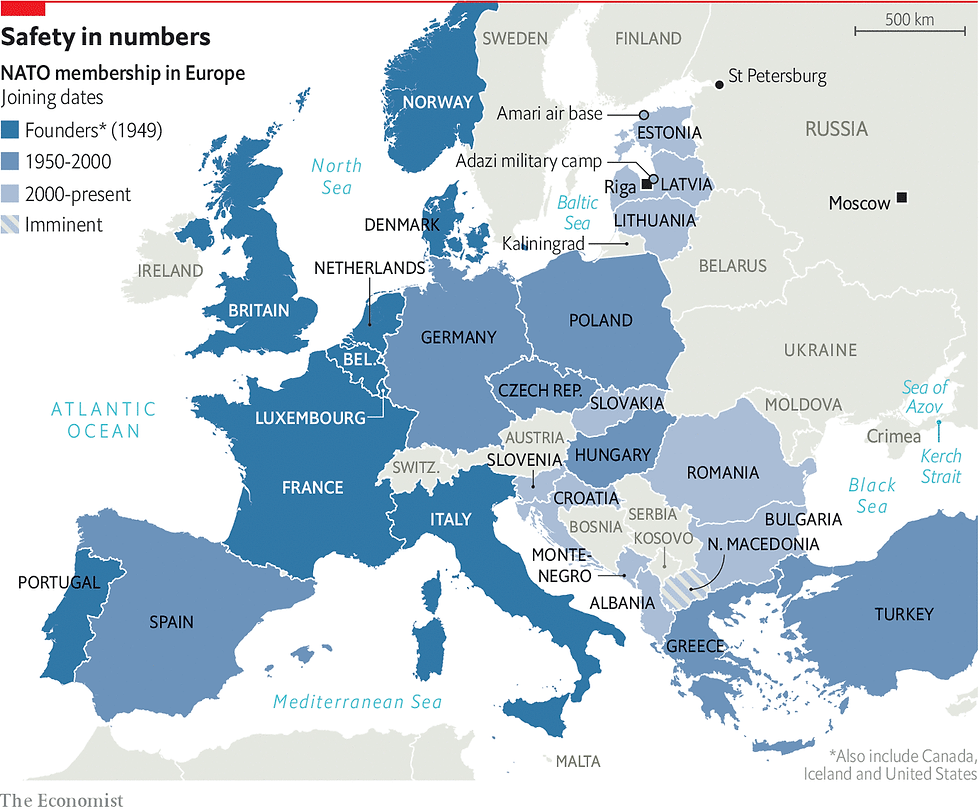
Another geographical significance that Ukraine has for the Russian Federation is that it’s situated at the Black Sea- A critical Russian Naval Hub.
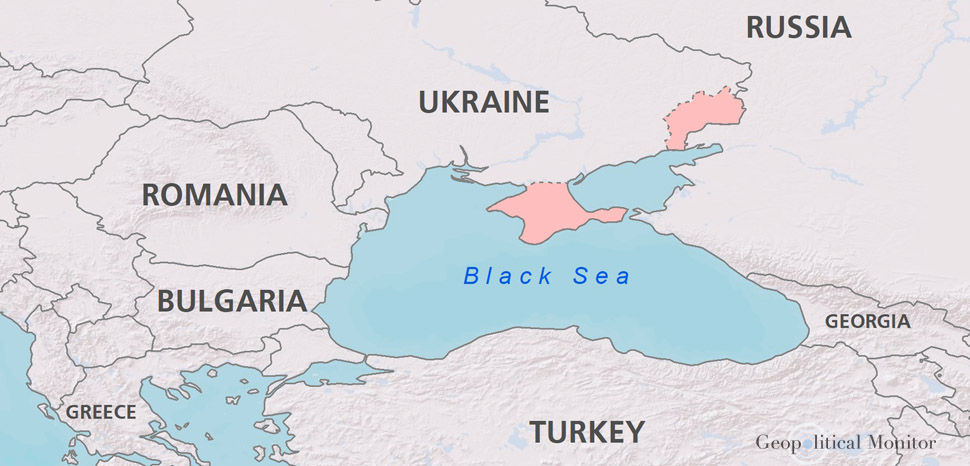
Access to the Black sea enables access to the Mediterranean Sea which is critical for trade.
Moreover, access to the Black Sea is also medium of power projection in the region.
Hence, it's intelligible why Russia is so alert and counter-aggressive about any Pro-western changes in Ukraine as it could cost a great deal of power and control for the dominance hungry Russian Federation. Ever since the embarrassing failure of the communist experiment of the Soviet bloc, The Russian Federation has had a lust for dominance which it is now trying to satisfy it through establishing regional hegemony. Consequently, it has been heavily massing military troops along Ukraine’s border in the name of deterrence.
What’s happening in Ukraine meanwhile?
One in every five Ukrainians in East Ukraine is Russian because Ukraine was a part of the traditional Russian motherland for so long. It has a deep historical, cultural, and linguistic association with Russia. Even during the elections, the people in East Ukraine vote very differently. The western side, because it shares its border with the European states, believes that the European nations are more reliable, it’d rather be a part of Europe, a part of NATO, and have its protection. Meanwhile, the eastern side has always been Pro-Russia. It has always depended on Russia economically as well as politically and is constantly backed by the Russian government. This divergence in political views is the reason behind the internal strife that Ukraine has been experiencing ever since the overthrowing of Yanukovych’s government in 2014.
USA:
For the United States and the European Union, Ukraine is a crucial buffer between Russia and the West. The USA has an old habit of never indulging in any conflict directly. So, in its risk-averse approach, it’s providing technical aid to Ukraine through supplying equipment such as the Javelin Missiles to defend against tanks that have been used by the Ukrainian military in the past and Ukraine is demanding more of this equipment now. However, the USA is still debating on whether or not to continue supplying arms and missiles to Ukraine as it may be perceived as provocative by Russia which might accuse the USA of undermining the situation.
How does the present look? Are we at the brink of war?
According to the Ukraine Defence Intelligence Agency Chief, Russia is preparing to attack Ukraine by late January. However, it's hard to predict what Putin may or may not do accounting for his forever unpredictable way of functioning. The US Secretary of State, Anthony Blinken has already warned that if Russia furthers the military aggression against
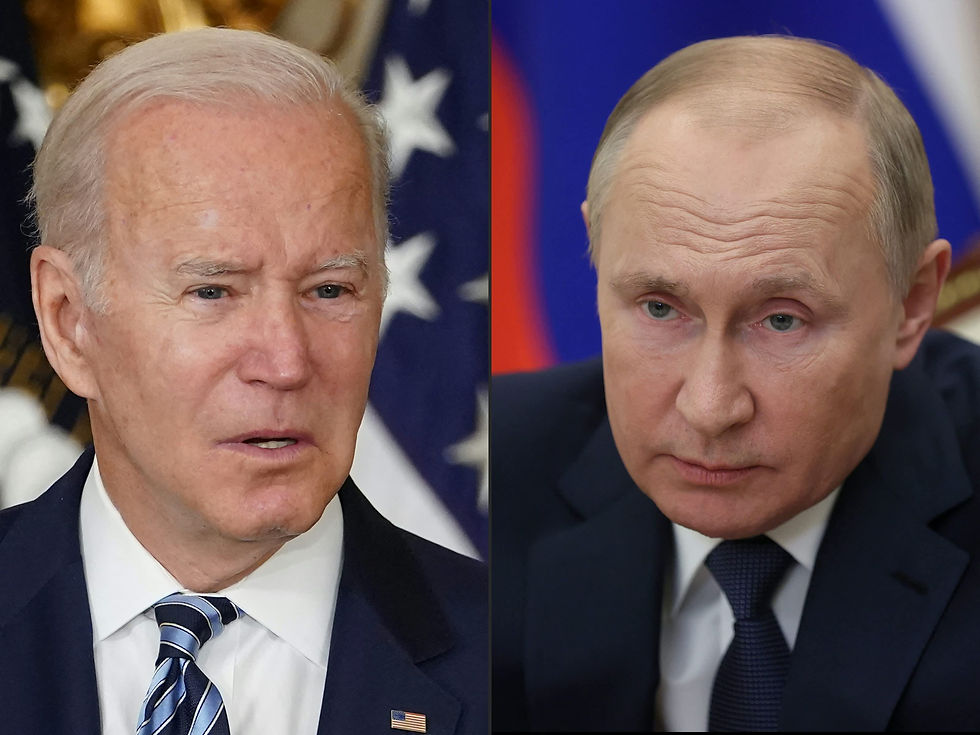
Ukraine, it going to have to face dire consequences and severe costs in response.
The US officials are of the stance that it’s open to discussing limiting the American and NATO military exercises in Eastern Europe and curtailing the supplying of missiles to Ukraine if Russia is willing to hold off its aggression. Furthermore, Russia wants assurance from the west that NATO will stop its expansion but Biden hasn’t given any statements in affirmation.
The west had already imposed sanctions on Russia after the annexation of Crimea back in 2014. Russia’s GDP has shrunk from 2.3 trillion in 2013 to 1.5 trillion in 2020. Further economic consequences, which Moscow will have to face and has been repeatedly warned against by the west in case of a full-fledged invasion of Ukraine, could take a hefty toll on Russia’s already stagnated economy on top of the necessary war expenditure that would need to be incurred. So, in real terms, a war would be mournful for both sides. The world is hoping that Putin is thinking along the same lines while it’s still unable to predict what is actually going to happen. Should we brace ourselves for war? This would also put India in a tough spot, no one can really say except Vladimir Putin himself.
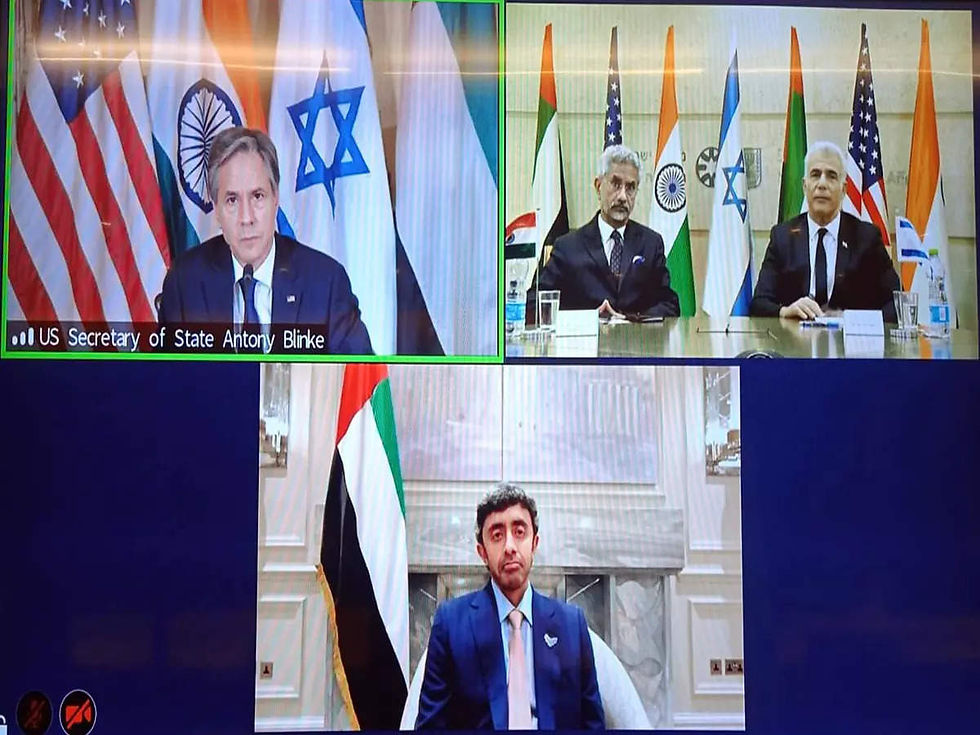


One of the glaring deficiences of this article has been its pro west agenda and a clear lack of neutral stance. Russia’s point of view or particularly the reservations of the Commonwealth of Independent states (CIS). NATOs undue expansion in the wake of dissolution of Soviet union and a rise of a Democratic Russia (or atleast in namesake, having parallels with certain NATO nations like Hungary etc) to its borders with certainly attract a reaction from Russia, it is to be noted that Russia doesnt want global Hegemony like its formal self, but rather desires a sphere of influence which every large nation with strong socio-cultural background like Russia would like to have.